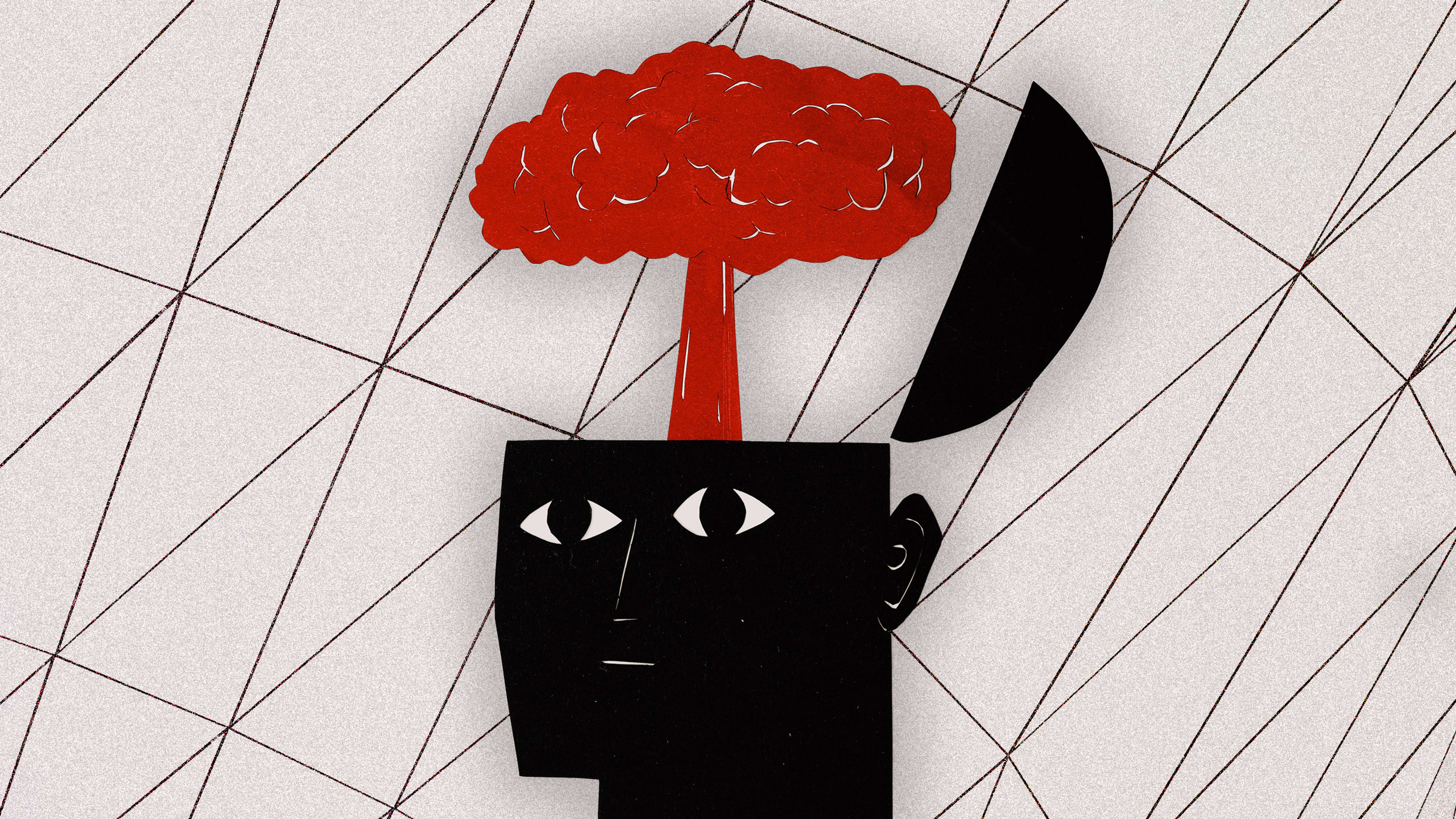In our hectic world, it can feel like our entire lives are engineered toward one question: How much can I get done in the least amount of time?
We rush from task to task, often leaving us feeling overwhelmed and mentally scattered. We seek out hacks, technology, and even brain-enhancing products to help us optimize our productivity. We end up running on a never-ending hamster wheel. It’s no surprise that the majority of adults feel burned out and more exhausted than ever.
As a clinical psychology researcher and cofounder of a mental wellbeing company, I can tell you that efficiency isn’t always productive when it comes to the way our minds work. Even more, our brains have firm limits on how much they can pay attention in any given moment.
So, in order to make more effective decisions and, most important, feel better in our daily lives, we have to spend less time in our brain’s “focus network.”
Stop striving for 24/7 focus
Our brain essentially has two main modes of operating: the “focus network” and the “default mode network,” otherwise nicknamed the “imagination network.” The functionality is more simple than you might imagine. When one network is activated, the other physically can’t turn on. That means we can either think in a linear fashion, or not.
Our modern world often demands we live in our focus network—answering emails, coordinating calendars, or even commuting (whether to your couch or to the office). While it might seem counterintuitive, research shows that spending too much time optimizing our thoughts for perfect outcomes not only leaves us feeling exhausted, but can also have detrimental effects on our wellbeing and work output. Being focused all the time can ultimately lead to less self-control and even impulsive decision-making.
Fortunately, there is a way to combat this always-on mentality: Instead of optimizing our thoughts and actions for efficiency, we have to spend more time being unproductive.
The benefits of mind-wandering
The other ecosystem of pathways in your brain, your default mode network, is often less celebrated because it is seen as frivolous. It’s activated when you give yourself room to daydream or even get into the flow. But daydreaming is core to many deeply important functions in our mind and, even more, is a foundational facet of creativity. It helps us expand our sense of time, and even of ourselves. And it’s more enjoyable than we think.
Daydreamers, the company I cofounded, is focused on helping us all access our creative brains more regularly. We’ve seen the real impact of spending more time in the default mode, a place where creativity flourishes. It not only has helped reduce our member’s feelings of burnout, but it’s also given them the confidence to incorporate non-linear thinking into their daily lives. They report everything from taking new routes to their favorite coffee shop to making major life decisions like switching jobs or moving across the country. Creative, imaginative thinking seeps into all that they do. Plus, by turning creative expression into a mental health habit, it becomes a form of “insurance” for their emotions when life feels too overwhelming.
I’m not advocating for you to spend all of your time mind-wandering. Focus is an important element of wellbeing. And while research has found we can always create new connections and bolster our neuroplasticity at any age, the brain simply has limits on our short-term memory and attention. And, since we’re constantly inundated with new stimuli in our always-on world—from social media notifications to Slack messages—many of us likely need to create mental clarity.
In my opinion, the best way to improve your mental clarity is cognitive offloading through actionable daydreaming.
Offload your thoughts
Cognitive offloading is an accessible practice that has the potential to relieve not only our mental capacity, but our emotions, too. You’ve probably done it before. Think of any time you wrote ideas on a whiteboard or noted down groceries on a to-do list. You’ve brought your thoughts into the physical world, which ultimately reduced your cognitive load and sense of overwhelm. Didn’t it feel rejuvenating afterward?
Offloading your thoughts with a creative spin can make this process even more effective. Research shows that even just a few moments of creative flow—like offloading your feelings of anxiety by doodling before a meeting—can have a profound impact on your emotions, even through the next day. What’s more, this exercise can help give your brain the space it needs to make new connections.
You might try cognitive offloading as a transition from your action-oriented workday into a more relaxed evening routine. Many people struggle with shifting out of their focus network at the end of the day, and actionable daydreaming can help. Give yourself a few minutes to offload your emotions from the day onto the physical page and see what takes shape.
Understanding—and optimizing—your brain isn’t just about getting from point A to B as quickly or efficiently as possible. By making room for nonlinear, and maybe even unproductive, pathways more often can help us feel more creative, rejuvenated, and alive.
Katina Bajaj is the cofounder and chief wellbeing officer of Daydreamers. Katina is a published wellbeing author and has an MA in Clinical Psychology from Columbia’s Mind-Body Institute.
Recognize your brand’s excellence by applying to this year’s Brands That Matter Awards before the early-rate deadline, May 3.
